Balancing all your responsibilities as a product marketer can be overwhelming.
Whether you're managing a team, refining product positioning, or handling go-to-market strategies, I know firsthand how tough it can be to get everything done.
Luckily, AI has been a total game-changer for me, helping to streamline processes and take some of the load off. So, in this article, I’m giving you a quick rundown of some of the ways I use AI in my role. Hopefully, you can take away a few ideas to try for yourself.
Let’s dive in.
AI tools for competitive intelligence
If you want to stay ahead of the competition, having the right insights is key. AI tools for competitive intelligence can help you gather, analyze, and act on valuable market data more efficiently than ever before.
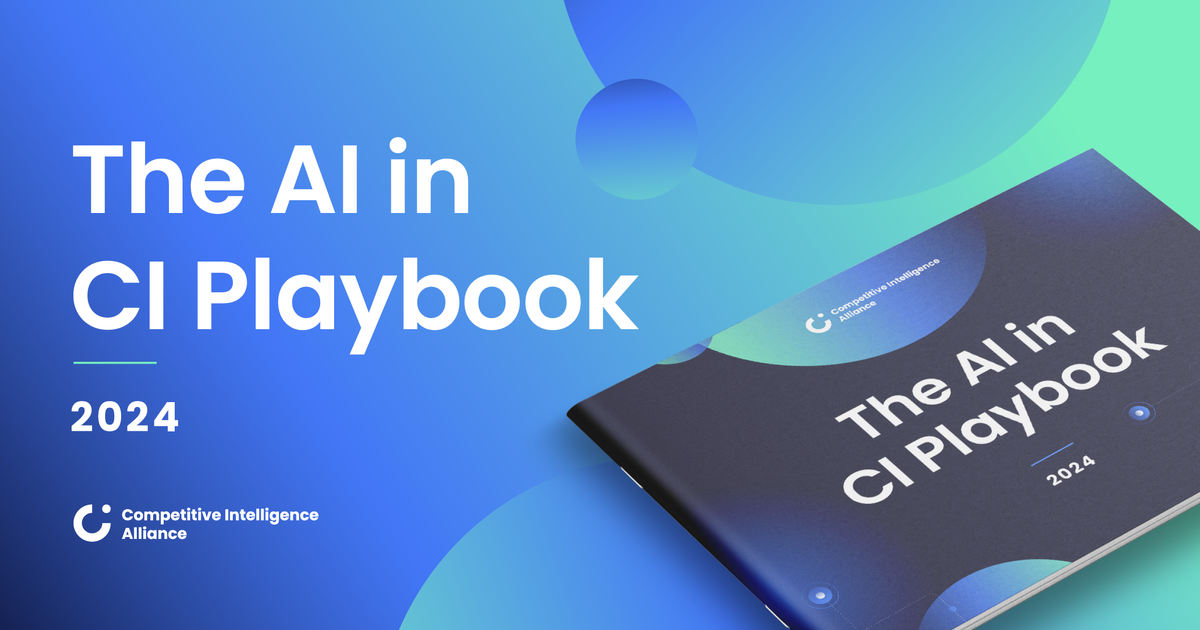
Perplexity for competitive intelligence
When it comes to competitive intelligence, Perplexity is one of my go-to tools. It pulls up sources for everything it retrieves, which is super helpful.
Pro tip: Always check the sources. Perplexity will give you links, but not all of them are legit. If they seem sketchy, don’t just take them at face value. I’ve asked Perplexity to validate sources, and it’ll sometimes reply, “Oops, can’t validate that.” It’s kind of funny that the tool can’t validate its own sources, but it’s a good reminder to double-check your info.
Using Gong for competitive insights
Next up is Gong, which is awesome for pulling insights from your sales calls and conversations. You can create countless filters to track everything from mentions of new products to competitor names.
Here’s where the AI comes in: Gong pulls all the transcripts from those calls and helps you analyze the context. For example, if a competitor keeps coming up, Gong can give you insight into why they’re mentioned or how they’re positioned. Are they better at a certain use case? Is their value proposition different? What about pricing? It’s a great way to uncover patterns and make smarter decisions.
Creating battlecards with Copy.ai and 1up
Now, let’s talk about battlecards. Personally, I have a love-hate relationship with them. They can be a lot of work, but with AI, the process has become way easier. You can automate the creation of battlecards by pulling in info from transcripts, calls, research, and other materials.
Tools like Copy.ai and 1up automate the process of generating battlecards. It’s not just about pulling basic info either – these tools break things down into value props, summaries, and even comparisons of competitive intelligence. So, instead of spending hours manually crafting battlecards, you can use AI to do the heavy lifting for you.
AI for market research
Market research is something I struggle to find time for. There's always something new happening in the industry, and I’m constantly asking, What’s next? But with the tactical day-to-day grind – posting on social media, managing campaigns, and handling all the other things that come up – it’s hard to carve out time to focus on research.
So, the question is How can I automate market research to come to me? Well, let me share some ways I’ve done just that.
Using Notebook LM for market research
One of my go-to tools for market research is Notebook LM. Think of it as a digital version of having different notebooks for different topics. I’ve got one notebook for competitive intelligence, one for messaging, and of course, one for market research.
What’s cool about Notebook LM is that you can pull in all kinds of sources, whether it’s from Perplexity, documents, YouTube videos, links, or whatever else.
Here’s where it gets even cooler: if you’re feeling fancy, you can set up a bot that automatically pulls key insights from your research notebook and delivers them as a weekly update in Slack. It’s like a quick roundup of everything you’ve learned in your market research for the week. It’s a super-efficient way to share the latest industry trends with your stakeholders.
Using Semrush and Surfer AI for content insights
If you’re trying to figure out what content to create, tools like Semrush and Surfer AI are game-changers.
We all know that when it comes to content, there’s always the challenge of prioritizing what to write or produce next. And sure, you can track your own website’s best-performing content – like blog posts and videos – but what about your competitors?





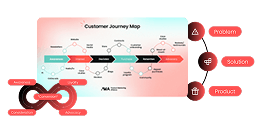
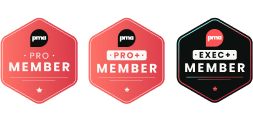


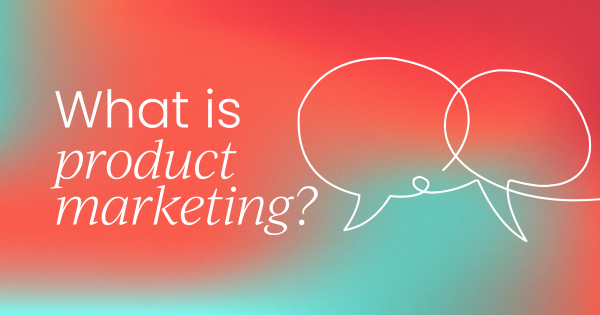
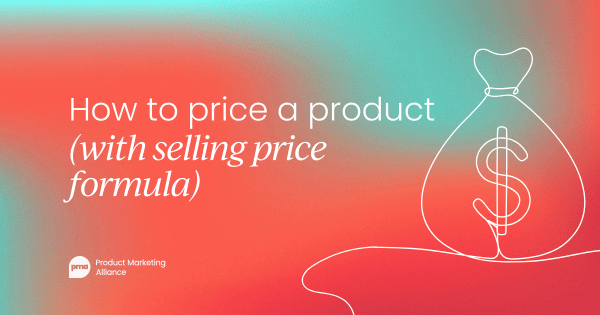
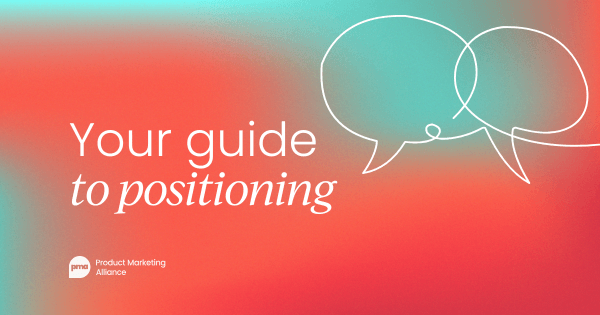
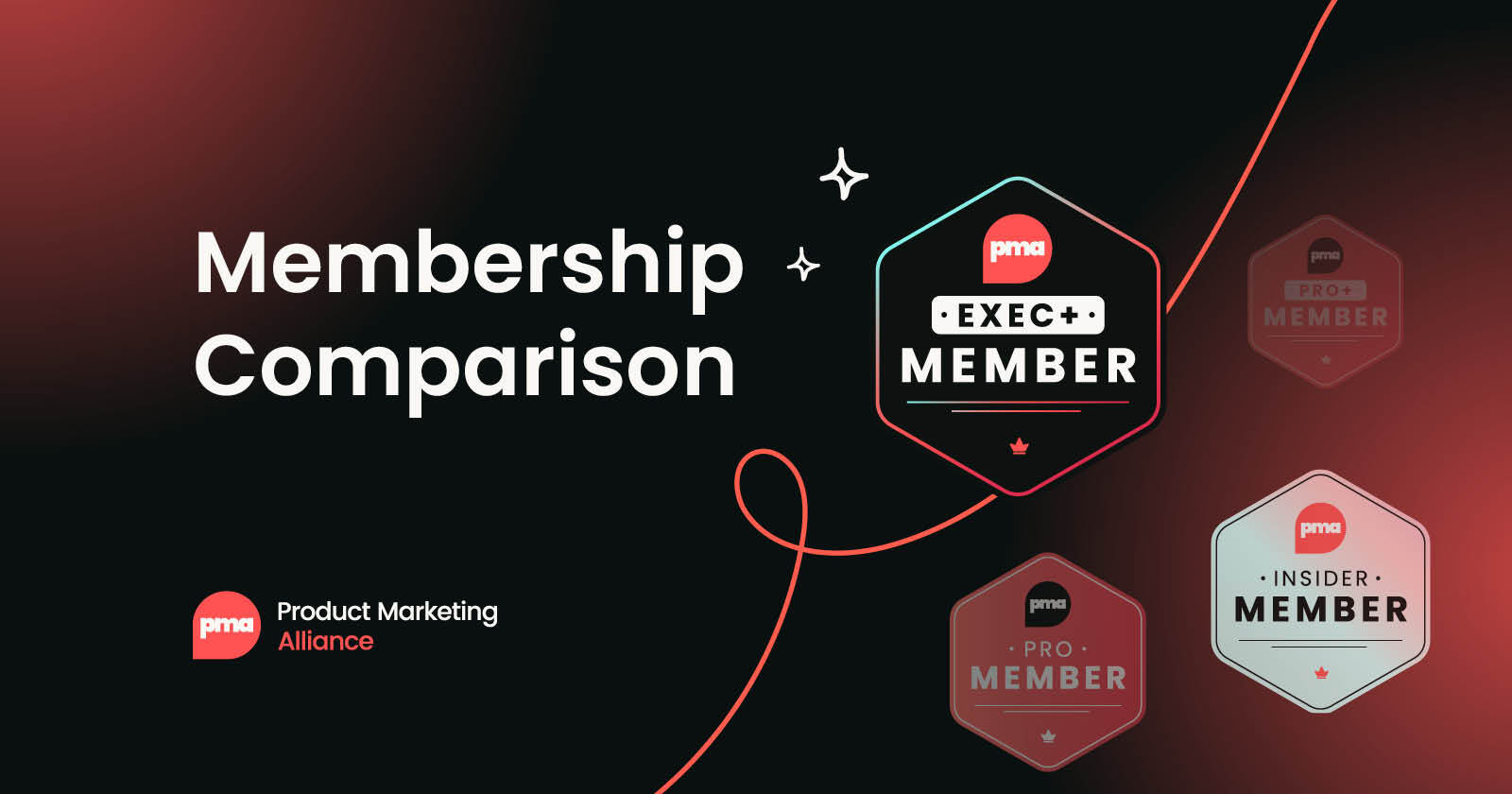
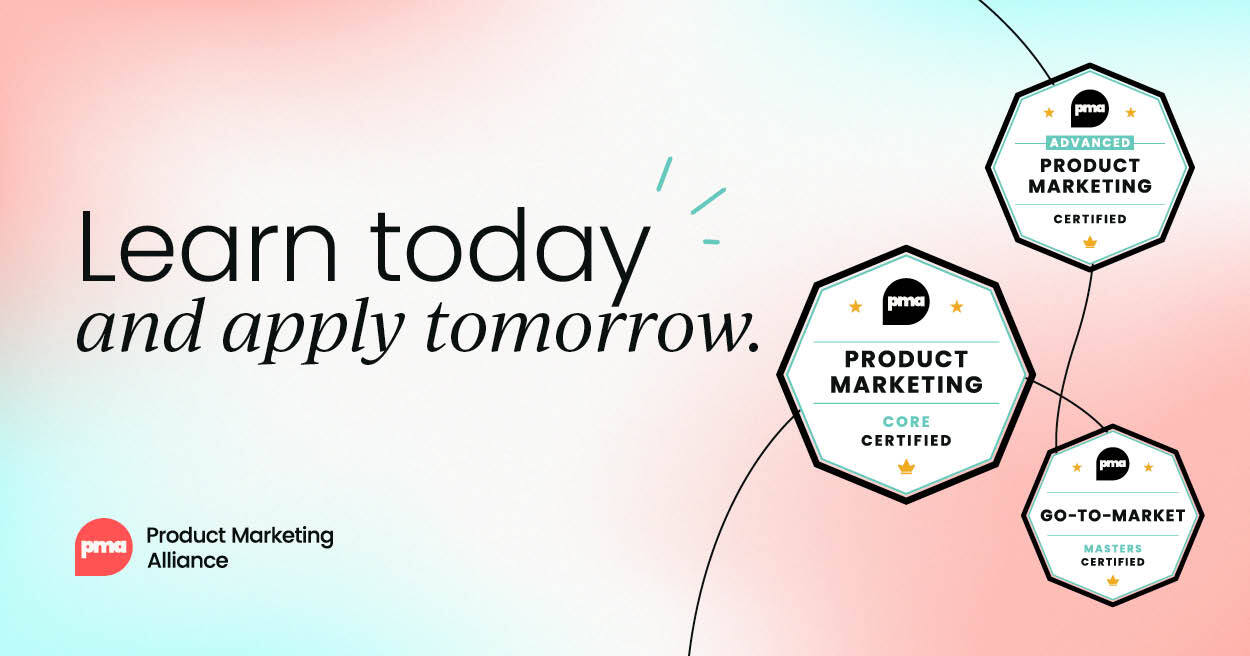
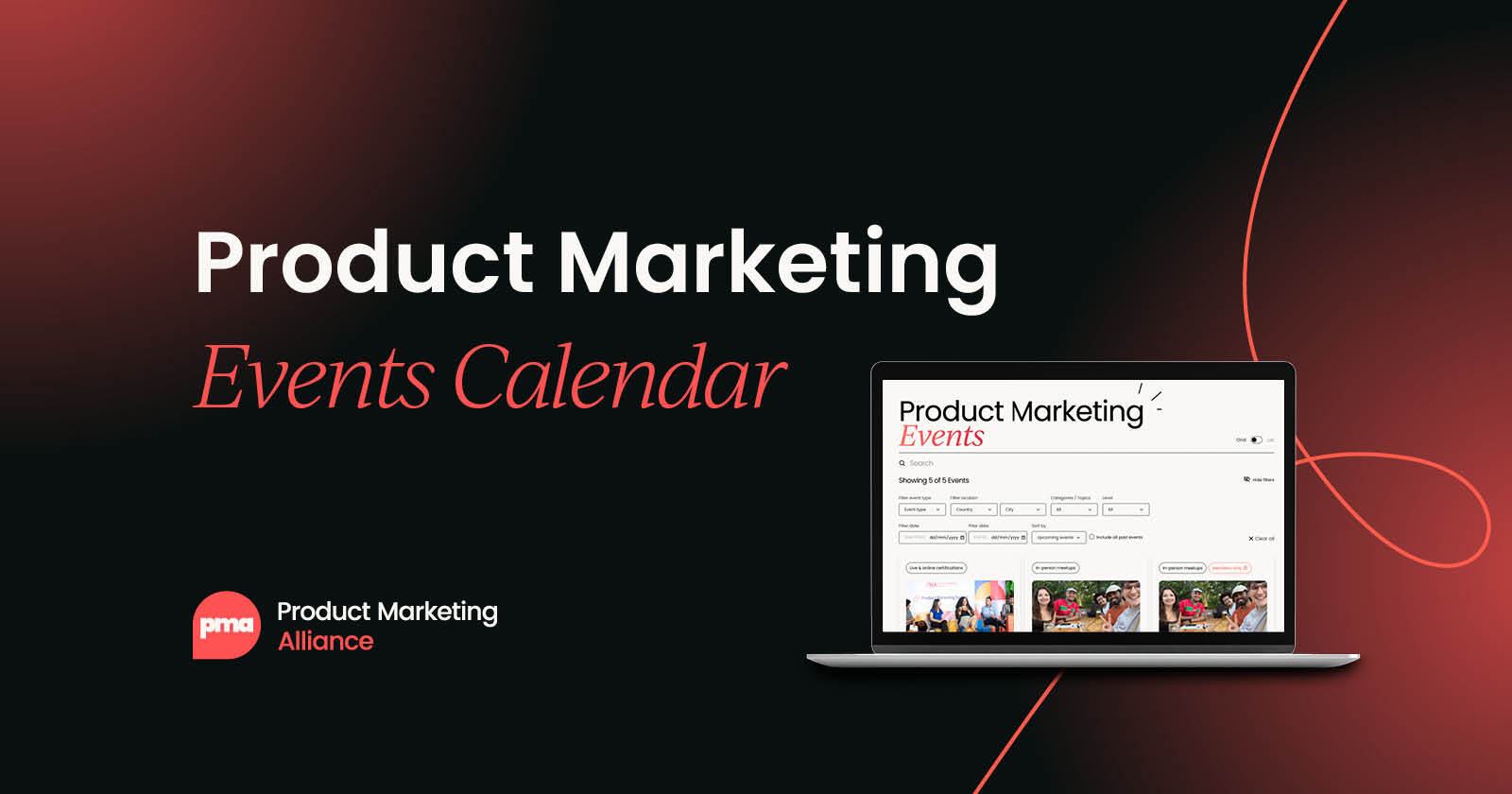
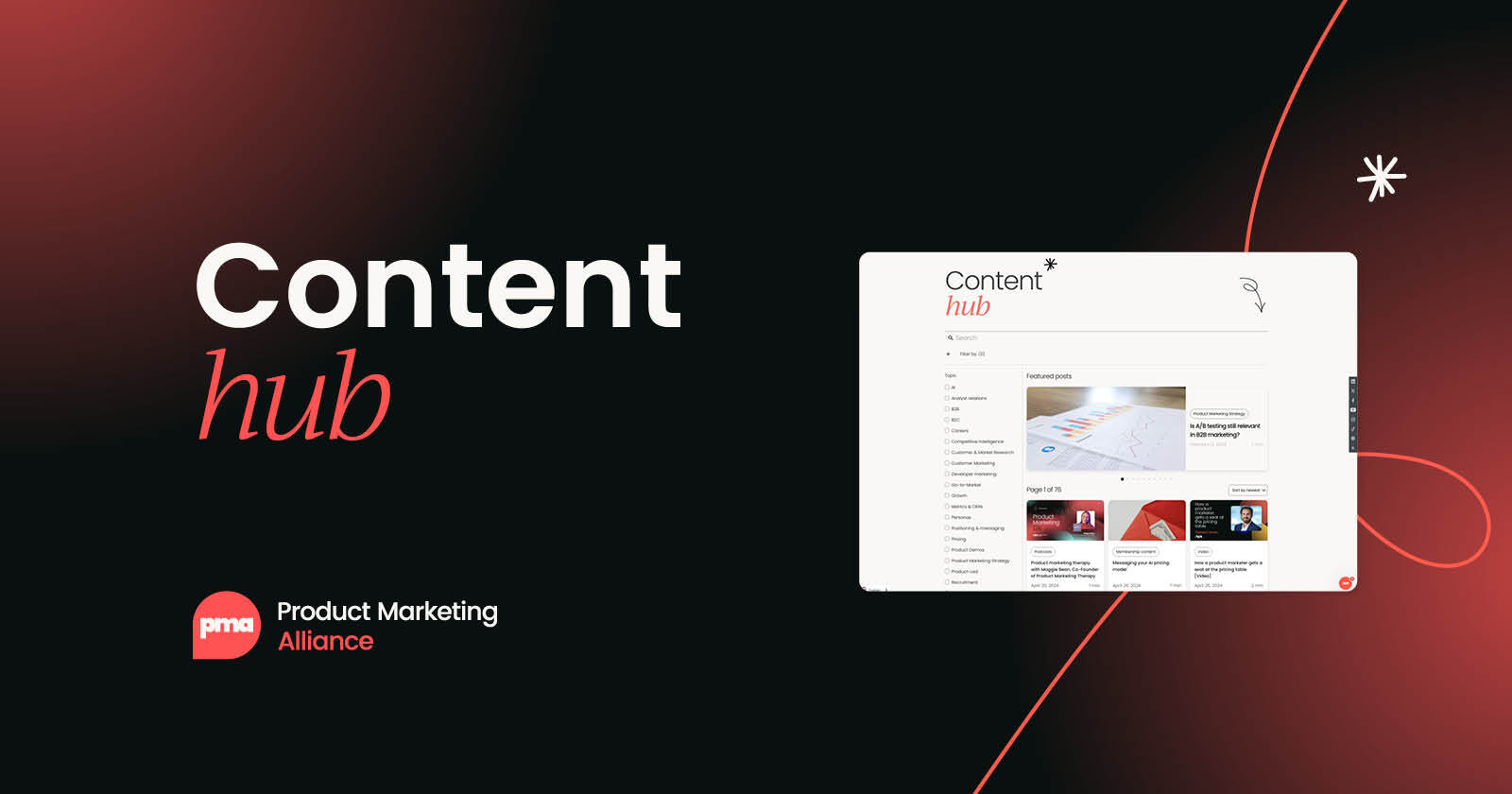

 Follow us on LinkedIn
Follow us on LinkedIn



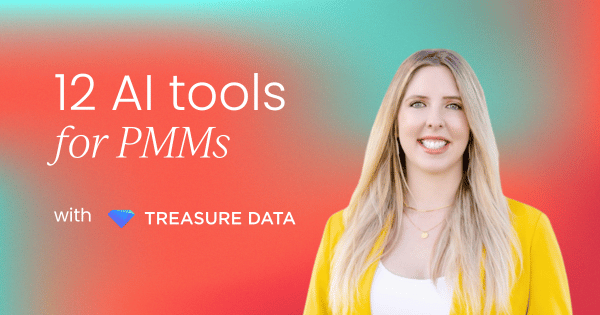


.svg)